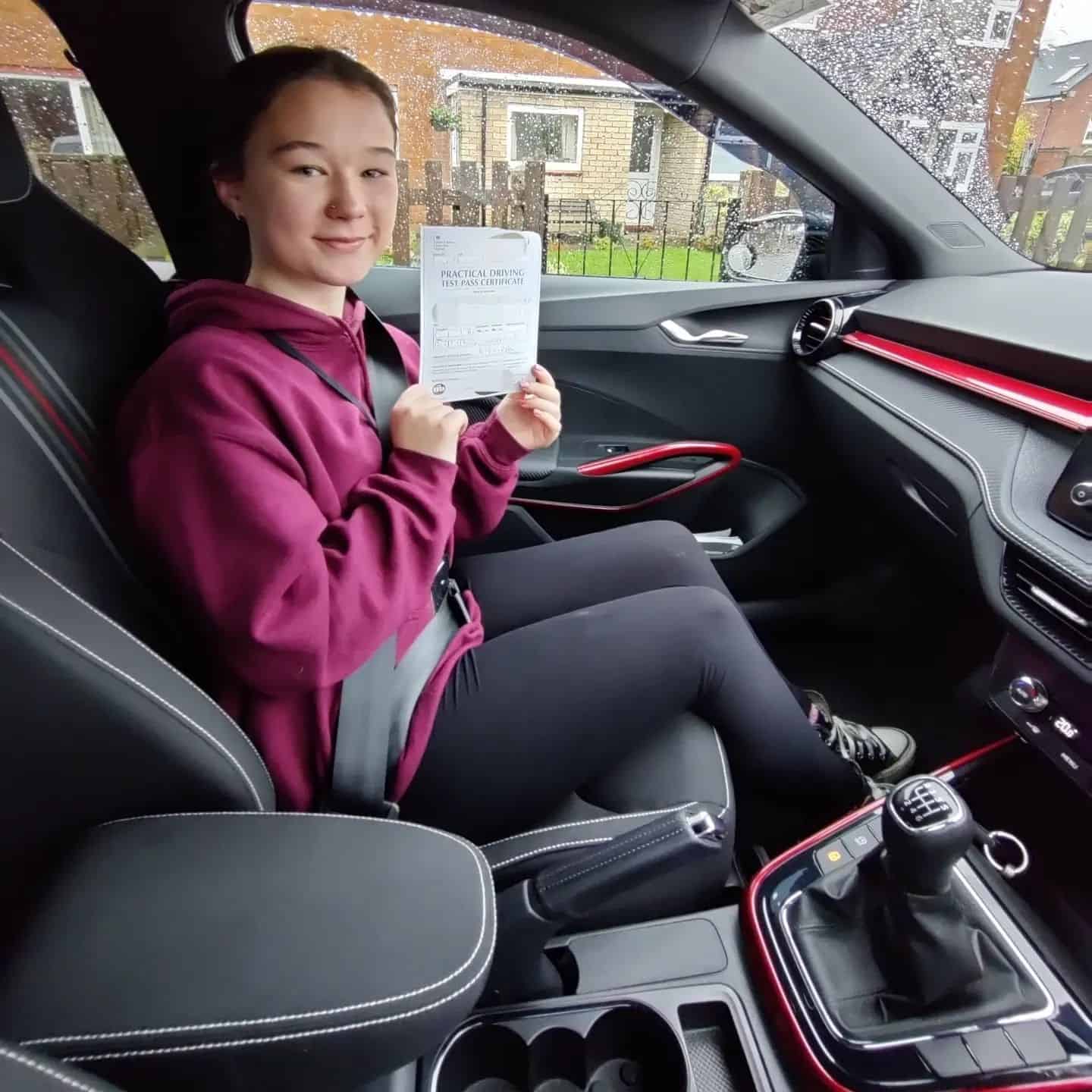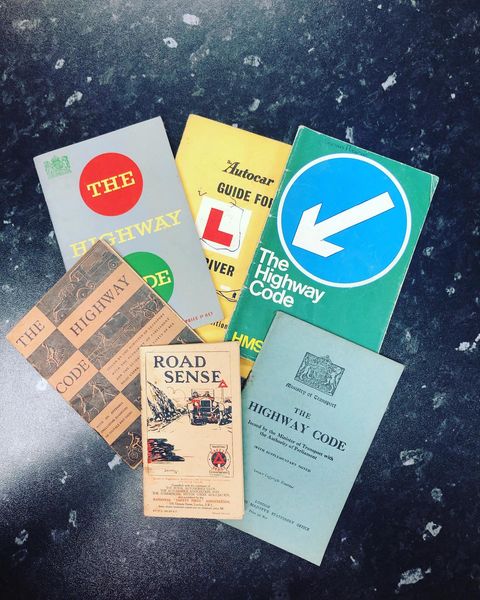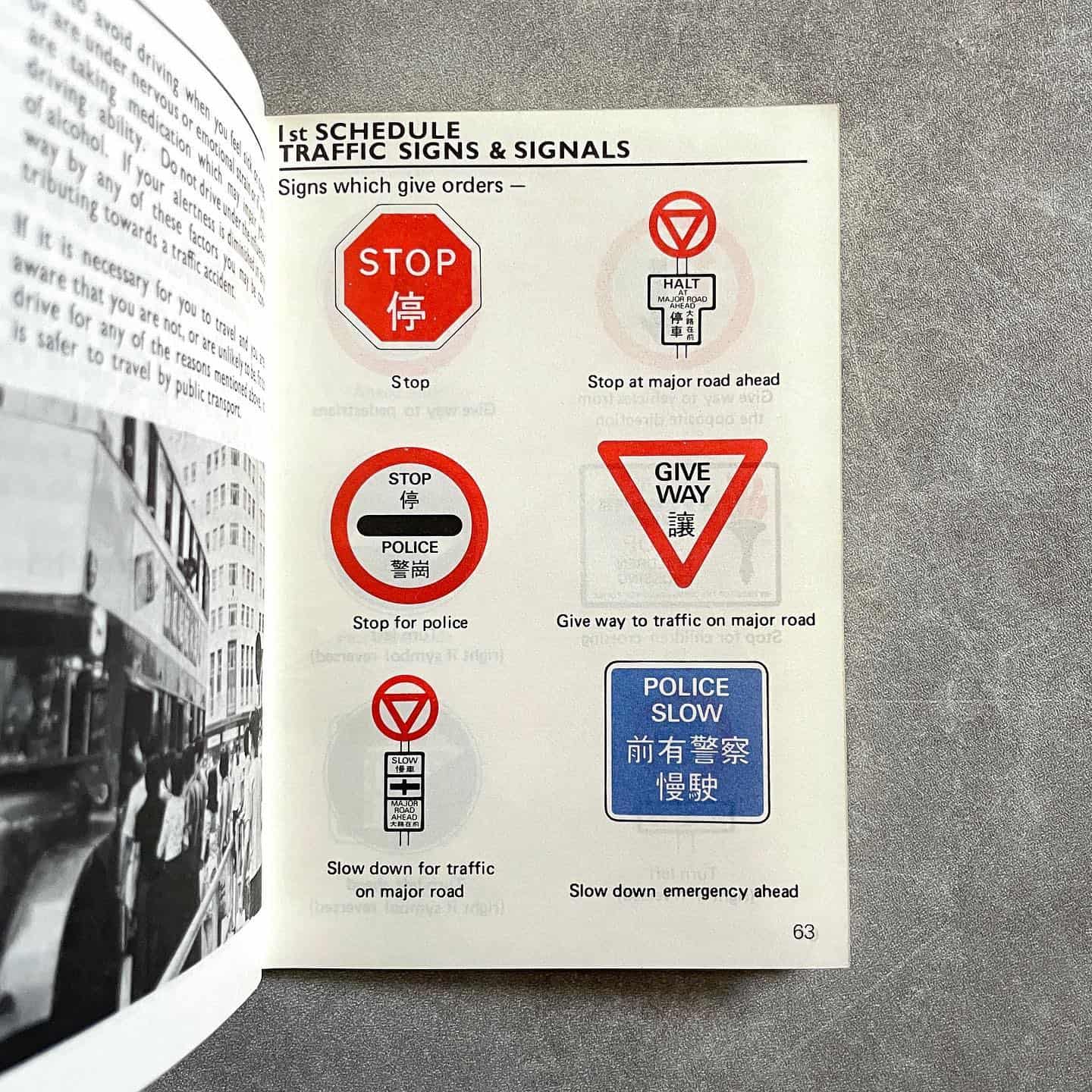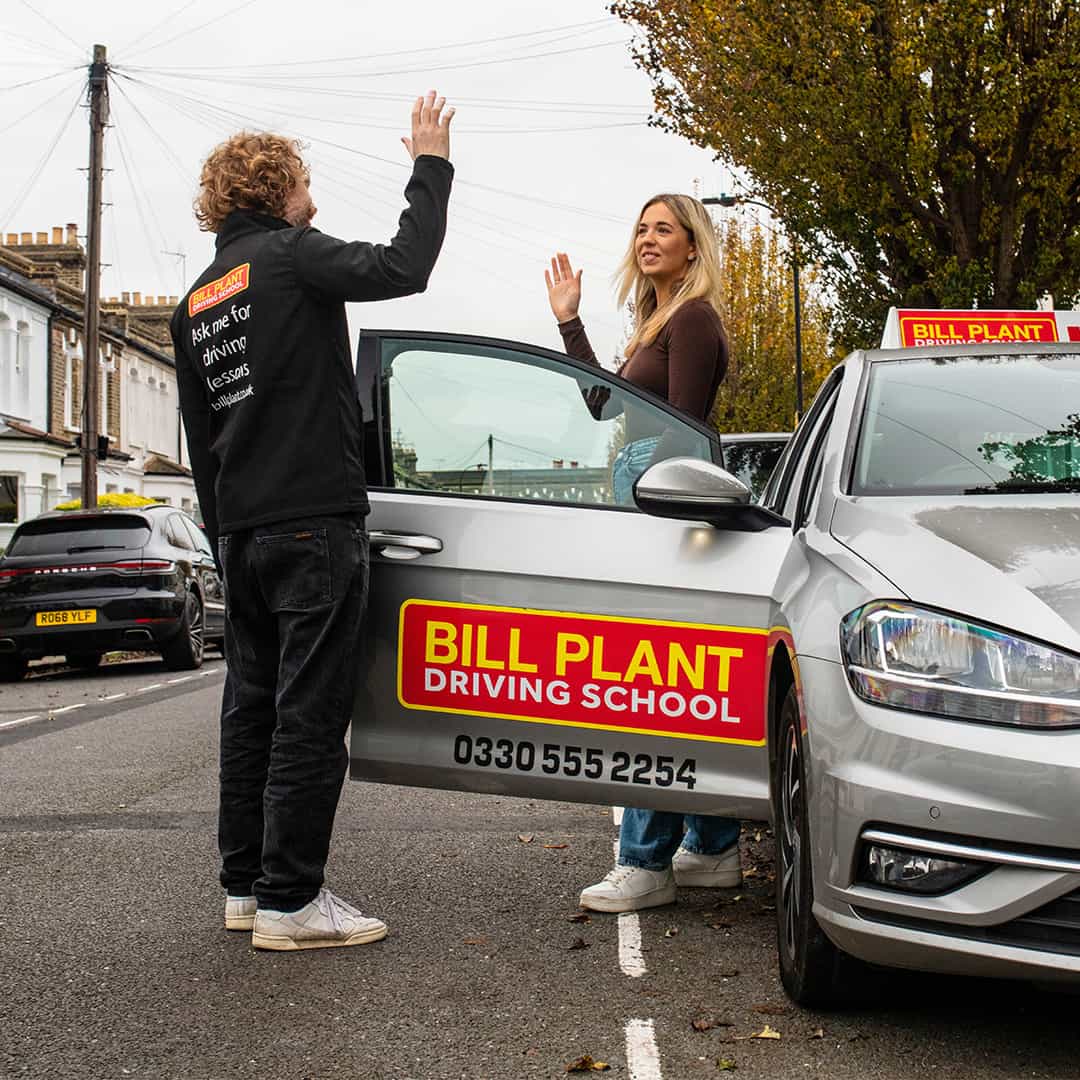Learning to drive is like a dream for most people, especially teenagers.
Whether you are 17 and looking to get your first driving licence or an adult who finally decided to pass their driving test, you might be thinking, how long does it take to learn to drive?
When it comes to learning, everyone has different strengths and weaknesses.
Some lucky people might learn to drive after getting a few driving lessons, while others could take a while.
The simple (and rather unhelpful) answer is that it can vary wildly from person to person, as everyone has different learning abilities.

According to Gov.UK, it takes around 45 hours of driving lessons and 22 hours of on-road practice for most people to master driving safely.
This article will explain how long it takes to learn driving and theory, how to drive as soon as possible, and a few skills that can help you in your driving learning phase.
Contents
- 1 How Long Does It Take To Learn to Drive?
- 2 How Long Does It Take To Learn Theory?
- 3 How to Drive As Soon As Possible
- 3.1 1. Apply for Your First Provisional Driving Licence to Get Started ASAP
- 3.2 2. Give Yourself a Head Start
- 3.3 3. Revise Theory as Much as Possible
- 3.4 4. Hire an Instructor
- 3.5 5. Listen to Your Instructor
- 3.6 6. Pass Theory Test as Soon as Possible
- 3.7 7. Choose the Right Transmission
- 3.8 8. Buy Your Own Car if You Can or Borrow One
- 3.9 9. Practise as Much as Possible
- 3.10 10. Only Book if You Are 100% Ready For the Test
- 4 Factors That Affect Your Learning
- 5 Skills You Need When Learning to Drive
- 6 Frequently Asked Questions
- 7 Final Thoughts
How Long Does It Take To Learn to Drive?
Everyone’s situation is different. Nobody can determine how many weeks or months it will take for you to learn to drive.
Someone who grew up in a car culture may learn faster than someone with zero driving experience.
However, it mainly depends on your skill set and how fast you can learn new things.
For instance, if someone just turned 17, has a passion for cars, and has done their research along with the real-life practice, they will master driving skills much quicker than someone who is 40 years old and has no interest at all.
The only thing to do is practise as much as possible and don’t skip any driving classes.
How Long Does It Take To Learn Theory?
Learning theory is essential; you can’t book the practical test without passing your driving theory exam.
The sooner you learn the driving theory, the sooner you will put your knowledge into real-life practice.
However, like physical driving, there is no golden rule for how long it will take to learn theory.
You have to put your time and energy into passing the theory.
Don’t trust the person who says that the theory exams are a piece of cake. The driving theory is split into two parts:
The theory test is based on three books; The Highway Code, Know your traffic signs, and Driving – the essential skill.

Make sure to download all the material and prepare yourself properly to hit the road as soon as possible.
If you read these books every day, the faster you will master the rules and regulations needed for the driving theory test.
However, if you only pick up a book once a week, you can expect to learn the theory slower.
How to Drive As Soon As Possible
If you are eager to start cruising around town, here are some valuable tips that will help you to speed up the learning process and start driving right away:
1. Apply for Your First Provisional Driving Licence to Get Started ASAP
As mentioned by the Gov.UK, If you are a resident of the UK, can read number plates from 20 metres away, and are over 15 years and 9 months old, you are eligible to apply for your first provisional driving licence.
It will cost you £34 to apply online; there are various payment methods that you can use to pay the fee.
After paying the charges, you have to fill out the application, and your licence will arrive within one week.
It can take longer if the DVLA requires a few additional checks.
When learning to drive in the United Kingdom, you must have your provisional driving licence and be supervised by a driving instructor or a relative.
Instead of wasting your time waiting for your provisional driving licence afterwards, make sure to get it before you start learning to drive.
2. Give Yourself a Head Start
If you already know the basics before starting your driving practice, you will be much ahead of other individuals who are just starting out.
If any of your friends or family members have a car, get them to show you the main features before taking your first lesson.
Knowing the key parts beforehand will make it easier to understand when the instructor explains how to drive the car.
3. Revise Theory as Much as Possible

Don’t take theory lightly; you can’t take your practical test if you don’t pass the theory exam.
Besides studying theory, try to revise it as much as possible to ensure you don’t forget anything during the test.
4. Hire an Instructor

You can either join a well-reputed driving school or hire a private instructor to teach you all the basics so you can hit the road comfortably.
Try to do your own research or ask your friends and family so you can get an accredited instructor with great experience and a track record.
Don’t just go with the first driving school or instructor you found online. You can also change them if you don’t feel comfortable with their teaching style.
From learning the basics of starting a car’s engine to parallel parking, make sure to learn as much as you can so you don’t get nervous during the practical exam.
You can also ask your relatives who own a car to give you basic instructions before enrolling in the driving school.
5. Listen to Your Instructor
After finding a certified, highly experienced instructor, listen closely to their advice and try to memorise their methods.
They know what the examiners look for during the test and how you can impress them with your driving skills.
Sometimes, you might feel like you know everything, but there’s always something that you can improve by listening to them carefully.
6. Pass Theory Test as Soon as Possible
According to the Gov.UK, the theory test results are valid for two years, so you can take your test whenever you are free.
You won’t have to prepare for the practical and theory exams simultaneously.
7. Choose the Right Transmission
If you are planning to drive an automatic car and don’t need to learn about manual vehicles, opt for a car with automatic transmission to avoid confusion in your driving test.
Nowadays, most people prefer automatic cars over manual vehicles as they are more convenient and, in some cases, even more fuel efficient.
However, keep this in mind, if you get a driving licence for an automatic car, you won’t be allowed to drive a manual car on public roads.
8. Buy Your Own Car if You Can or Borrow One
If you have the budget, try buying a used car to practise in between lessons.
It can help you learn and pass your driving test faster. However, don’t think you can drive on public roads alone.
It’s essential to be accompanied by an adult who is over 21 years old with a full driving licence older than three years.
Make sure you practise what your instructor teaches and don’t pick up any bad habits.
9. Practise as Much as Possible
As the old saying goes, practise makes you perfect. The more practise you’ll do, the quicker you’ll be able to learn how to drive on the road.
Getting as much real-life driving skills as possible will help you get rid of your nervousness and become confident during your driving test.
Try to practise your driving skills, especially reverse parking, whenever you have some free time.
Try to go to the countryside or take advantage of empty parking lots.
Use your time to practise complicated manoeuvres, as mentioned by your driving instructor, to get the hang of it before giving the actual driving test.
10. Only Book if You Are 100% Ready For the Test
It doesn’t matter how eager you are to hit the road; make sure you are super-duper-ready before booking the test.
If you rush through everything and book your examinations at the early dates, it will add more time to your driving journey if you fail any single exam.
As mentioned by the Gov.UK, you are not allowed to make more than 15 driving mistakes, no serious or dangerous mistakes.
After failing a test, you must pay the fee again and wait for at least ten working days before booking another test.
To avoid wasting your time and money, ensure you are 100% ready to rock the theory and practical driving test.
Factors That Affect Your Learning
There are some factors that can affect your learning to drive a car. Some of the most common ones are:
1. Hiring the Wrong Instructor
If you hire an unqualified instructor, you might learn the wrong things and eventually fail the driving test.
To avoid wasting your time, always go with a certified instructor with a good reputation.
You can search online or get suggestions from your relatives who have been through this situation before.
2. Not Getting the Right Vehicle
Whether you buy your own car for practice or take your friend’s car, avoid using a vehicle that is bad in shape because it can affect your learning.
3. Not Putting in the Required Number of Hours
To pass your driving theory and practical test on the first try, you have to put in the required effort and number of hours. Otherwise, it can have a bad effect on your learning process.
4. Getting Nervous
Rest assured, it’s normal if you feel nervous while learning to drive. Between driving in heavy traffic and learning new road rules, you can feel overwhelmed when starting out.
Remember to have fun with the process, and don’t let nervousness overcome you.
If you feel like getting stressed out while learning how to drive, make sure to take a break for a while so you can come back stronger.
5. Not Learning From Your Mistakes
It’s normal to make a mistake while learning a new skill.
Whether you forgot to turn down the handbrake or didn’t see the side mirror while making the turn, you must remain calm and learn from your mistakes. With time, you will get better at driving.
6. Not Being Patient
It doesn’t matter how badly you want to start driving; you must be patient and disciplined throughout the process.
You don’t want to rush the process as it will affect your learning badly.
Skills You Need When Learning to Drive
Some people only want to learn how to drive but don’t want to master it.
To become a great driver, you should learn the required skills and abilities to keep yourself and other cars on the road safe from any dangerous event.
Some of the characteristics of becoming a good driver are:
1. Know How Cars Actually Work
You might not want to learn about every vehicle part or how every system works, but it’s necessary to have some basic understanding of how a vehicle operates.
In case your car gets broke down, you should be able to know how the engine functions and what to do in such cases.
This skill can help you a lot, especially if you drive in the countryside without nearby repair shops.
2. Be Patient
When driving, always remain patient and self-disciplined. Sometimes, you might get stuck in heavy traffic or feel the urge to drive past a red light, stay patient and always obey the traffic rules.
When driving on the road, you are responsible for your life and others, so drive reasonably.
3. Focus
When on the road, you should concentrate on driving the car safely. Try to be attentive and alert to remain secure from unexpected hazards.
The best way is to keep yourself away from all distractions, including your smartphone.
4. Drive Within the Speed Limit
If you are driving for the first time, don’t think that speeding saves time or looks cool, it only puts you and others at risk.
As soon as you start your car, make sure to drive within the speed limit and don’t go above it.
You should also not drive extremely slow; driving below a certain speed limit is equally dangerous.
Frequently Asked Questions
How long does it take to learn to drive a manual car?
The time required to learn to drive a manual car can vary from one person to another.
It can be a bit difficult compared to an automatic car as you have to learn the manual shift and control the clutch pedal.
Further Reading for Driving in the UK.
- Driving in London is one of the best options if you plan to have a road trip within London.
- Pay attention to the Congestion Charge when driving in London.
- Want to drive in the UK legally? You need a driving licence first. Follow these Steps to Get a Driving Licence in the UK.
- Before you decide to get a driving licence, you may want to know how much you are going to spend before applying for one. Check out our guide to how much for a driving licence.
- Choose one of the Best Driving Schools in London if you decide to learn to drive and get a full driving licence.
- You may want to know How Many Driving Lessons You Need to Pass the Driving Test.
- Applying for the driving licence, but don’t know how to fill in the form? Download INF1D Booklet and read our guide to solve the problem.
- After applying for your driving licence, you may want to track your driving licence and know whether it is legal to drive if your Driving Licence Has Not Arrived.
- After getting your driving licence, you may be happy to learn more about it. Check out our guide to UK Driving Licence Explained.
- Want to check your driving licence online? Check out our guide to How To Check Status Of Driving Licence.
- If you are unlucky Losing your driving licence, it is not the world’s end, follow our detailed guide to Lost Driving licence UK | How To Replace And Apply.
- Can’t find out your Driving Licence Number? Don’t worry about it, here is a step-by-step guide to How to Get Driving Licence Number if Lost.
- Unfortunately, you get a Private Parking Ticket, but you don’t know how to deal with it. Should you pay for it? Check out our guide to Do You Have To Pay Private Parking Tickets.
- You may want to buy Car Insurance but don’t know how to buy it. Check out our guide to A Comprehensive Guide on Car Insurance in the UK.
- Can’t Remember your Car Insurance Company? Check out our guide to Who Am I Insured With.
- If you forgot your Car Insurance Expiry Date and want to find it out, here is our guide to 5 Ways To Check your Car Insurance Expiry Date.
Final Thoughts
So, how long does it take to learn to drive? It depends on several factors, including your learning abilities and skills.
There is not a single answer that we can give to let you know how long it will take to learn to drive.
However, you can follow the tips mentioned in the article to speed up your process.


